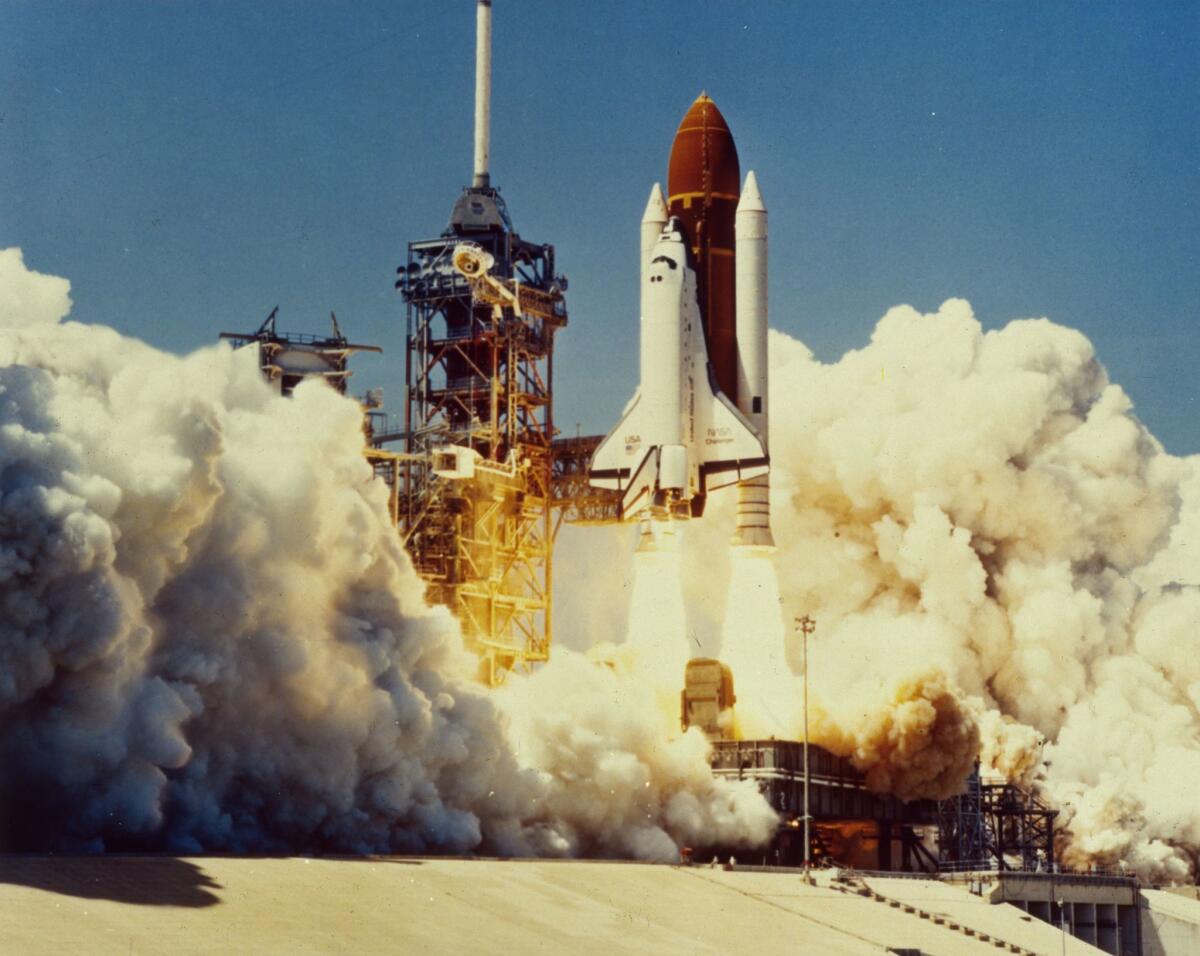The Challenger tragedy is remembered as one of the darkest moments in spaceflight history —
but behind that iconic fireball in the sky lies a chain of secrets, warnings, and heartbreaking truths that the public never fully understood.
Until now.
Nearly 40 years later, the story of what really happened on January 28, 1986, is more disturbing — and more human — than what was shown on TV.
 🌡️ 1. NASA Launched in Weather They Knew Could Kill the Crew
🌡️ 1. NASA Launched in Weather They Knew Could Kill the Crew
The morning of the launch was brutally cold: 36°F, the lowest temperature ever recorded for a space shuttle liftoff.
Several engineers begged NASA to delay, warning:
“If you launch tomorrow, Challenger will blow up.”
Those engineers weren’t alarmists — they had data proving the O-ring seals hardened in the cold, making them unable to contain the rocket’s fire.
NASA overruled them.
Why?
Pressure. Politics. Public relations.
The agency needed this launch to happen.
The result:
The very failure engineers predicted happened seconds into flight.
 🔥 2. The Shuttle Didn’t “Explode” — It Tore Itself Apart
🔥 2. The Shuttle Didn’t “Explode” — It Tore Itself Apart
Contrary to what millions believed they saw, Challenger did not explode in a fireball.
Instead, the shuttle was ripped apart by massive aerodynamic forces, tearing the tank and boosters apart at 1,900 mph.
This means…
The crew compartment remained intact.
And that leads to the most chilling fact of all.
💔 3. Some Crew Members Were Likely Conscious After the Breakup
Inside the recovered debris, investigators found:
-
Activated oxygen masks
-
Flipped switches
-
Evidence of emergency procedures
These actions could only have been taken after the shuttle disintegrated.
That means at least some of the seven astronauts — including Christa McAuliffe, the teacher-turned-hero —
were alive and fighting for their lives as the cabin plummeted 12 miles toward the Atlantic Ocean.
It was a 2-minute freefall.
A full 120 seconds of unimaginable terror.
 🌊 4. The Crew Cabin Hit the Ocean at Over 200 mph
🌊 4. The Crew Cabin Hit the Ocean at Over 200 mph
There was never any chance of survival.
The impact force was equivalent to driving a car into a brick wall at over 200 mph.
The cabin shattered on contact.
Recovery teams later described the scene as one of the most harrowing operations in NASA history.
🛑 5. NASA Ignored a Culture of Fear and Silence
The Rogers Commission uncovered a devastating truth:
NASA had created a culture where speaking up was punished
and silence was rewarded.
Engineers who raised concerns were pressured, overridden, or labeled “overcautious.”
Management prioritized schedules over safety — a deadly combination.
Astronaut Neil Armstrong, part of the investigation, said:
“The decision-making process was flawed from top to bottom.”
 🚫 6. The Disaster Permanently Changed NASA
🚫 6. The Disaster Permanently Changed NASA
After Challenger:
-
Shuttle flights were halted for 32 months
-
NASA underwent a sweeping internal overhaul
-
Civilians were banned from shuttle missions
-
Safety protocols were completely rewritten
-
Engineers were finally given a voice
Challenger forced NASA to confront its darkest truth:
Ambition without accountability is lethal.
 ⭐ 7. The Legacy of the Crew Lives On
⭐ 7. The Legacy of the Crew Lives On
The seven who died — Scobee, Smith, Onizuka, McNair, Jarvis, Resnik, and McAuliffe — became symbols of bravery.
Christa McAuliffe’s mission inspired the creation of educational programs, scholarships, and the Challenger Centers for Space Science Education.
Their dreams didn’t vanish with the shuttle.
They ignited a movement.
🚨 The Challenger Disaster Wasn’t Just an Accident — It Was a Preventable Tragedy
Ignored warnings.
Flawed decisions.
Lives lost too soon.
The Challenger story is not only about the price of exploration —
it’s a stark reminder that when leaders ignore their experts, disaster follows.
And the most shocking truth of all?
It didn’t have to happen.





